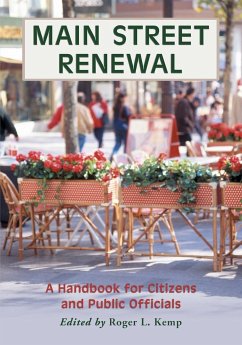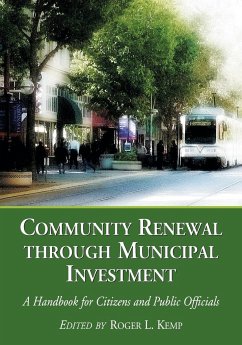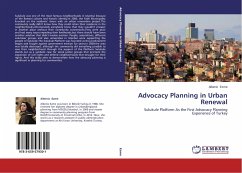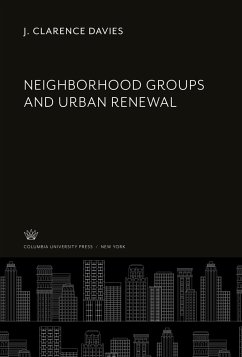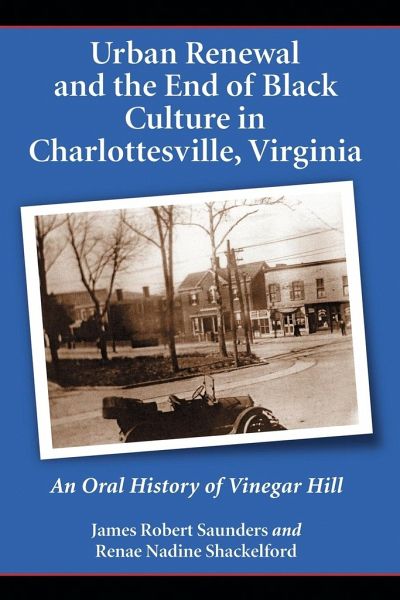
Urban Renewal and the End of Black Culture in Charlottesville, Virginia
An Oral History of Vinegar Hill
Versandkostenfrei!
Versandfertig in 1-2 Wochen
24,99 €
inkl. MwSt.

PAYBACK Punkte
12 °P sammeln!
From the 1920s through the 1950s, the center of black social and business life in Charlottesville, Virginia, was the area known as Vinegar Hill. But in 1960, noting the prevalence of aging frame houses and "substandard" conditions such as outdoor toilets, voters decided that Vinegar Hill would be redeveloped. Charlottesville's black residents lost a cultural center, largely because they were deprived of a voice in government. Vinegar Hill's displaced residents discuss the loss of homes and businesses and the impact of the project on black life in Charlottesville. The interviews raise questions...
From the 1920s through the 1950s, the center of black social and business life in Charlottesville, Virginia, was the area known as Vinegar Hill. But in 1960, noting the prevalence of aging frame houses and "substandard" conditions such as outdoor toilets, voters decided that Vinegar Hill would be redeveloped. Charlottesville's black residents lost a cultural center, largely because they were deprived of a voice in government. Vinegar Hill's displaced residents discuss the loss of homes and businesses and the impact of the project on black life in Charlottesville. The interviews raise questions about motivations behind urban renewal. Instructors considering this book for use in a course may request an examination copy here.





